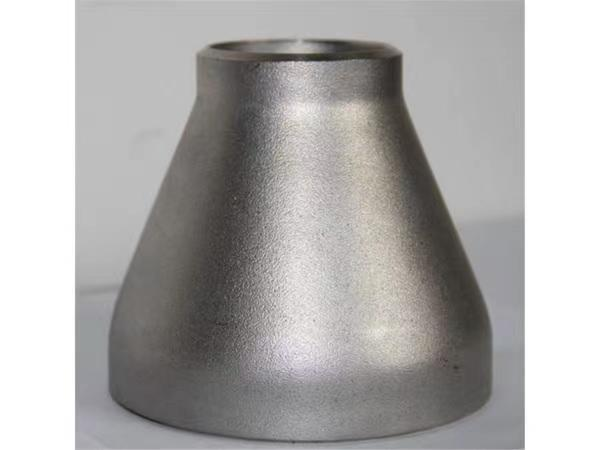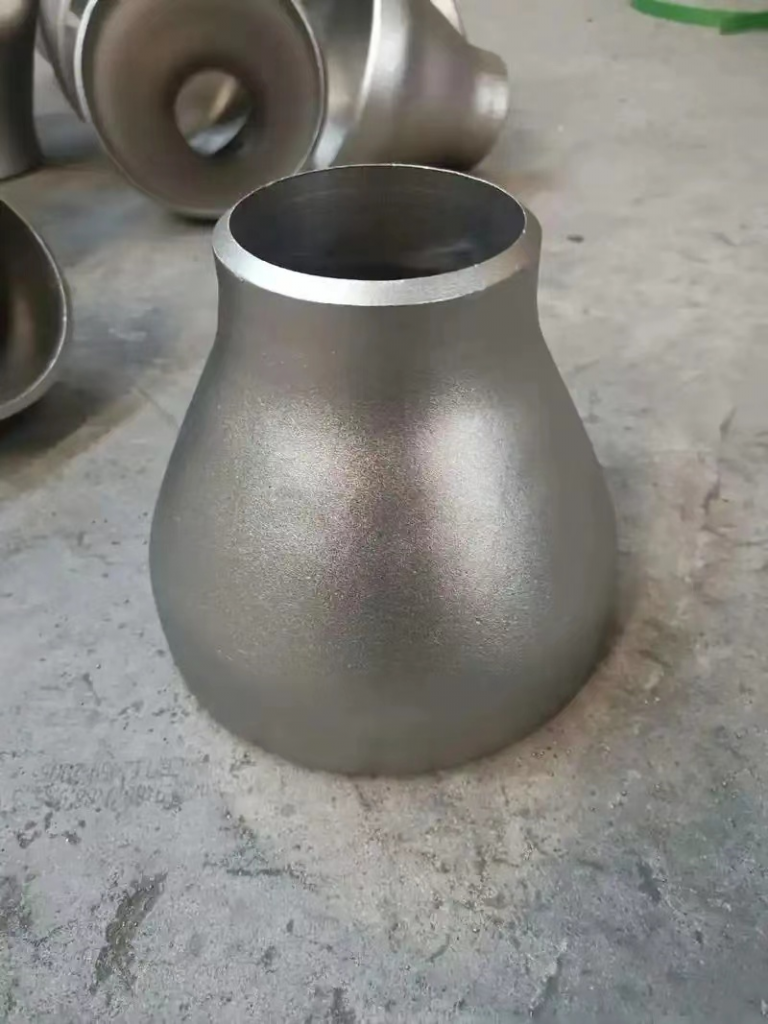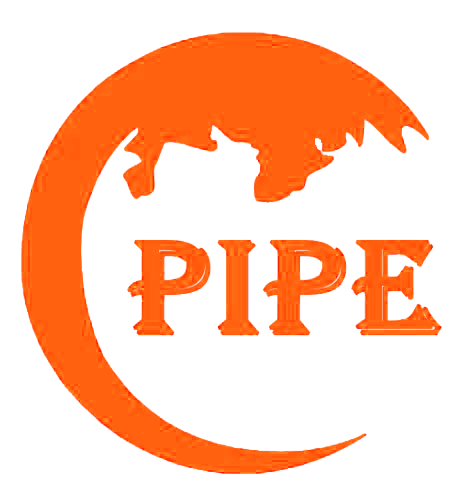Project Info
Reducing pipe



Reducing pipe
1. Product Overview
Reducing pipe, also known as reducer, is a type of pipe fitting used to connect pipes of different diameters. It is widely used in industries such as petroleum, chemical, power, and construction, mainly for regulating pipeline flow, pressure, or changing flow direction.
2. Product classification
Concentric reducer: The centerlines at both ends are on the same straight line, suitable for vertical pipelines.
Eccentric reducer: One end of the centerline is offset from the other end, suitable for horizontal pipelines to avoid liquid or gas accumulation.
3. Material
Carbon steel: suitable for general industrial pipelines.
Stainless steel: corrosion-resistant, suitable for industries such as chemical and food.
Alloy steel: resistant to high temperature and high pressure, suitable for industries such as power and petroleum.
Plastic: lightweight and corrosion-resistant, suitable for industries such as water supply and drainage, chemical industry, etc.
4. Manufacturing process
Forging: High strength, suitable for high-pressure environments.
Casting: Low cost, suitable for low-pressure environments.
Welding: Strong flexibility, suitable for various sizes and materials.
5. Connection method
Welding: High strength and good sealing.
Threaded connection: easy to install, suitable for small-diameter pipelines.
Flange connection: easy to disassemble, suitable for pipelines that require frequent maintenance.
6. Technical parameters
Size range: DN15-DN2000(1/2″-80″)
Pressure level: Sch5s-Sch160
Execution standards: ASME B16.9, GB/T12459, HG/T21635, etc
7. Product advantages
Efficient Connection: Achieving seamless connection of pipes of different diameters.
Adjust flow rate: Adjust flow rate and pressure by changing the pipe diameter.
Corrosion resistance: Multiple material options to adapt to different environments.
Easy installation: Multiple connection methods to meet different needs.
8. Application Fields
Petrochemical industry: used for transporting crude oil, natural gas and other pipelines.
Power industry: piping systems used for equipment such as boilers and steam turbines.
Construction engineering: used for water supply and drainage, HVAC and other systems.
Food and medicine: Used for transporting media with high hygiene requirements such as food and drugs.
9. Selection suggestions
According to the medium: choose materials that are corrosion-resistant and heat-resistant.
Choose forged or thick walled reducing pipes based on pressure: in high-pressure environments.
According to the installation environment: eccentric reducers are selected for horizontal pipelines, and concentric reducers are selected for vertical pipelines.
10. Maintenance and upkeep
Regular inspection: Check for corrosion and wear, and replace in a timely manner.
Cleaning and maintenance: Regular cleaning to prevent blockage and corrosion.
Anti corrosion treatment: Performing anti-corrosion treatment in a corrosive environment to extend its service life.
summarize
Reducing pipes are important components in pipeline systems, and selecting the appropriate reducing pipe can effectively improve the system’s operational efficiency and service life.
